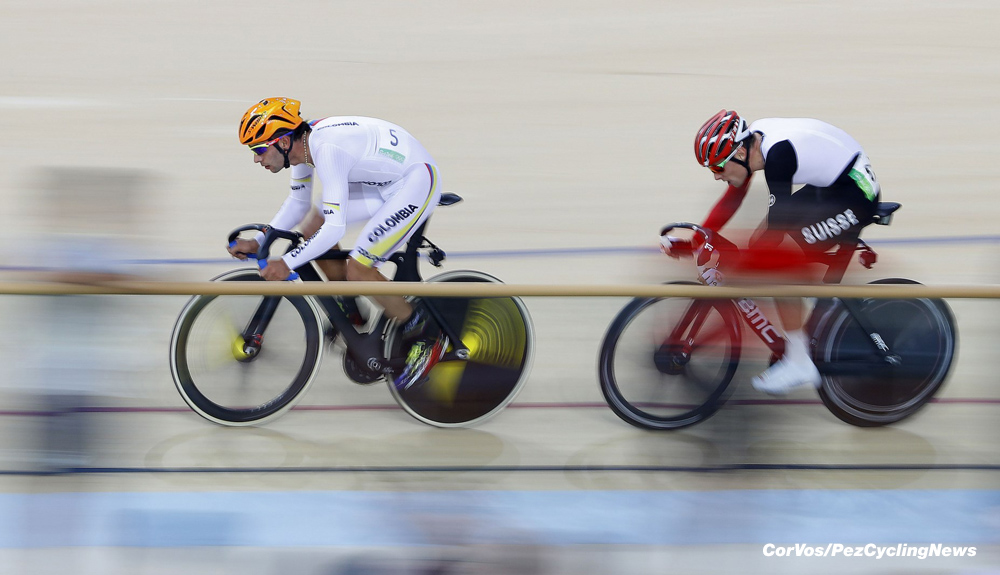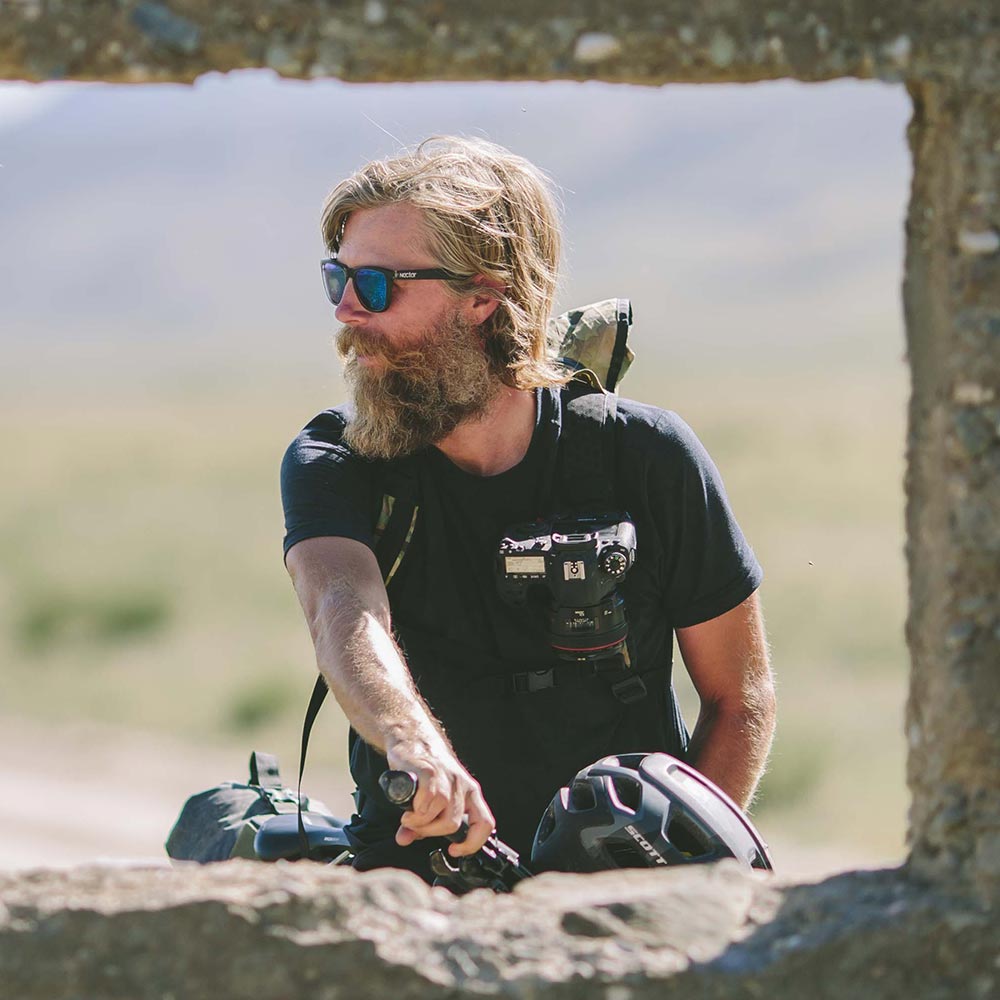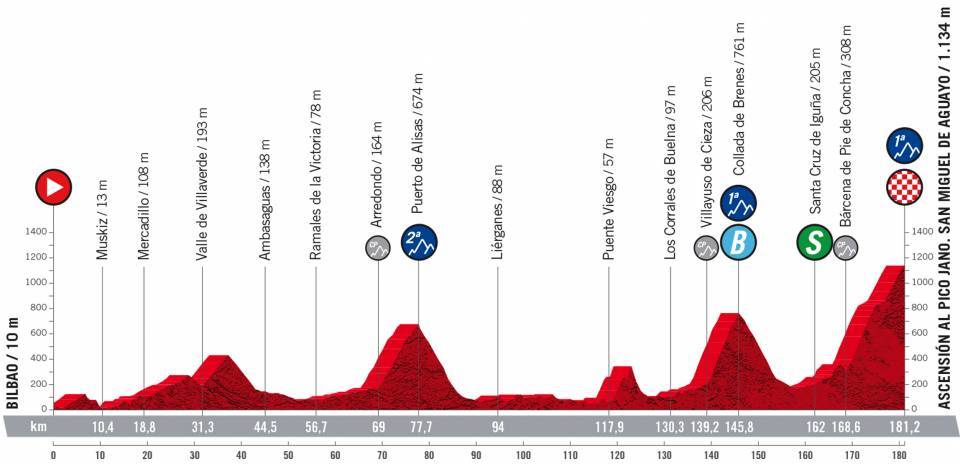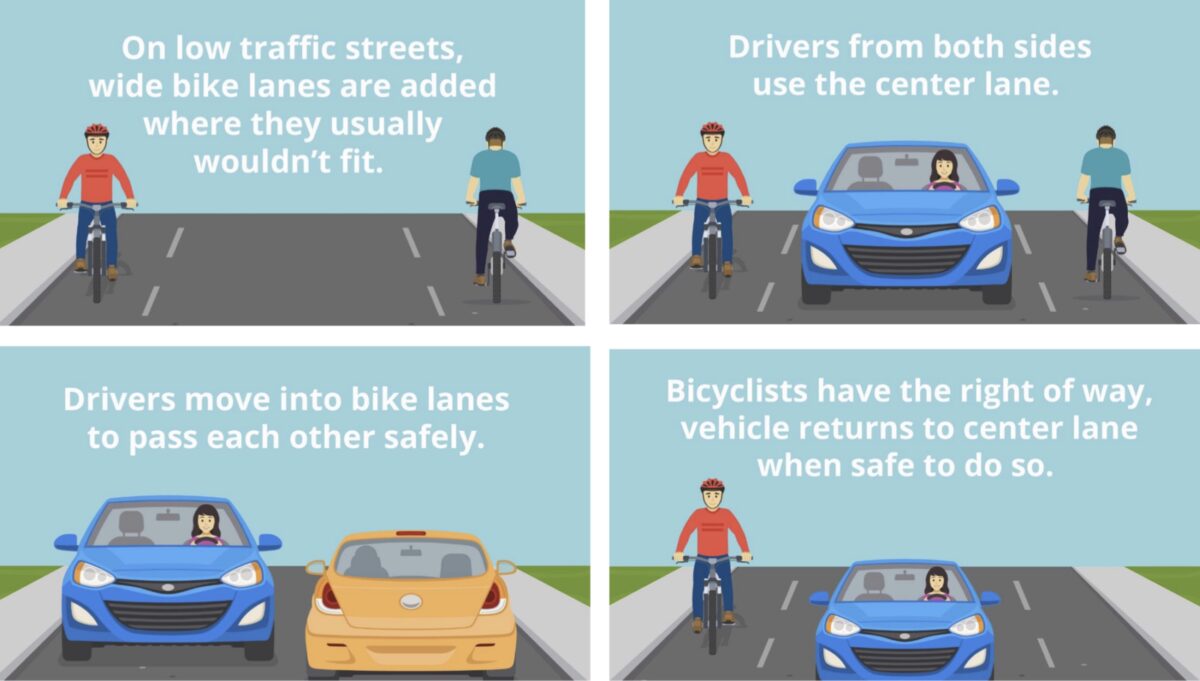
More ‘From the Boards to the Road’: When Ed Hood listed the track riders who turned successfully to the road, it caused a landslide of suggestion of the riders Ed had missed. So, here is part 2 and even more ‘Trackies turned Roadies’.
More road men on the boards
I recently penned a piece about riders who had ‘transitioned’ from track to road, it was never intended to be a definitive list but went down well with a lot of folks; however I also received a lot of ‘pelters’ as we say in Scotland for those names which I didn’t include. However, some of the suggestions I received weren’t correct, Robbie McEwen for example came from BMX rather than the velodrome and Sean Yates’ career – whilst he did ride the track a little later – was firmly rooted in the English time trial and road racing scene.
But without further delay let’s look at SOME of the riders I didn’t include first time round.

Baldato – Class on a track or road bike
It was David Solari, a man who’s featured on our pages, who pointed out to me that his former team mate, Italian sprinter/classicer, Fabio Baldato – incidentally, the only professional cyclist ever to ‘get away’ with a beard – had his roots on the track. Baldato was in the Italian junior national squad for the team pursuit which took Worlds silver in 1985 and bronze in 1986. He also took silver in the Worlds amateur points race in 1989 before embarking upon a road career with great success – winning stages in the Giro, Vuelta and Tour; and coming close to a Monument win on no less than four occasions with second place in Milan-Sanremo, Paris-Roubaix and the Tour of Flanders twice.

A young ‘Cav’ the track rider
The first result which gets a palmarès website mention for Mark Cavendish – aka ‘Lazarus’ – is winning the British Junior Kilometre Championship in 2003, he was also second in the junior sprint and scratch. There was another result that year, in a race not too far from where I live in Scotland, which was a portent of things to come as the fresh faced Manxman took a silver medal in the British Junior Road Race Championship behind big Matt Brammeier who went on to a good pro career, winning the Irish national road race championship four times. Third in that race was a Welsh guy called Geraint Thomas. . .

And now the Tour green jersey and stage winner
‘Cav’ is ranked 39th in Eric Bowen’s new book ranking the top 100 cyclists of the modern era – but that was at the end of 2019 and there have been another four Tour stage wins and a green jersey since then. The awarding of points in the book is a tad convoluted but the same for every rider so I guess it’s fair enough?

Bryan Coquard – London 2012 Olympics
Successful French sprinter – but who’s yet to land a really ‘big one’ – Bryan Coquard started his career with a bronze medal in the French novice’s points race championship in 2007; within two years he was World Junior Omnium Champion, a title he successfully defended in 2010. Since then there have been multiple National, European and World titles across points, omnium and madison disciplines. Not to mention silver medals in the Worlds u23 road race and Olympic omnium in 2012. On the road his biggest success is the GC in the Four Days of Dunkirk but he still longs for that Tour de France stage win.

Caleb Ewan fighting it out with Dylan Groenewegen in the 2019 Tour
Small but extremely quick Aussie fast man, Caleb Ewan is another who started winning as a track rider and has never stopped since taking national junior championships in the 2011 points, madison and omnium – he went on the take the Worlds junior omnium that year too. The national junior criterium championship also went his way that year; in 2012 he won the junior Het Nieuwsblad – and the rest is history.

Rio 2016 – Fernando Gaviria
A man who introduced himself to the greater cycling public by beating the ‘Manx Missile’ not once but twice in sprints at 2015 Tour de San Luis in Argentina; Fernando Gaviria was actually a highly accomplished flyer before he spoiled Cav’s days. The Colombian was a double world champion in 2012 with wins in the junior omnium and madison. That same year that he beat Cav he took the senior Worlds omnium, successfully defending the title in 2016. Since then he’s won stages in the Giro and Tour but two brushes with the dreaded Covid seem to have dulled his edge a little – let’s hope he can get back to his former position as one of the fastest and most exciting men around.

Greg Henderson – From track to WorldTour
Big Kiwi, Vuelta and Paris-Nice stage winner, Greg Henderson started his career as a ‘chrono man’/pursuiter successfully combining road racing up to the level of winning WorldTour stages with a highly successful career on the boards including a Commonwealth Games points title and Worlds scratch championship. And at the other end of the scale, from track races which take minutes, he also won the epic six hours plus, ‘Philly’ International Championship in 2006.

Roger Kluge – Giro stage winner and ‘6 Day’ man
‘Big Rodge’ – Roger Kluge is another man who has successfully combined track and road having started his career as a medallist in the German junior sprint and keirin championships in 2003. He’s now one of the most respected lead out men in the business and a Giro stage winner in his own right. But despite dragging that big frame of his over the Dolomites he can still win six days, a European Omnium title and has taken two world madison titles with Theo Reinhardt.

Stefan Küng – Trackie to Euro TT champ
When I interviewed Stefan Küng back in 2015 about his progression from 2013 Worlds pursuit bronze to 2014 silver then 2015 gold I didn’t then realise he’d go on to be one of the world’s premier ‘chrono men’ and a Worlds road race medallist to boot – in the freezing, torrential horror of Harrogate, 2019. A national junior omnium and European junior madison champion in 2011 his progression has been steady ever since to where he’s now a double European individual time trial champion and capable of top six finishes in Classics.

Aussie road/trackman – Brad McGee
Just about every successful Aussie road man in recent years came up through their track programme, Brad McGee is a shining example; national novice road race champion in 1991 within two years he was world junior pursuit champion. The following year, 1994 he defended his junior world pursuit title adding the team event plus the Commonwealth individual and team pursuit championships. He moved up to senior team pursuit champion in 1995 with Olympic individual and team pursuit bronze his in 1996. The Commonwealth Games in ’98 saw him successfully defend his individual and team championships. The new millennium saw him take Olympic pursuit bronze with 2002 seeing a second world pursuit title and a third Commonwealth pursuit title. Olympic team pursuit gold came in 2004 to go with individual silver. On the road his speed in prologues netted him the leader’s jersey in le Tour and Giro – he made it a ‘full house’ of Grand Tour jerseys when he lead the Vuelta for four days in 2005; he failed to win the Stage One time trial in Granada but second place on Stage Two completed his wardrobe.

Stuart O’Grady – Olympic champ, Roubaix and Grand Tour stage winner
Another legend of Australian Cycling follows, ‘Stuey’ O’Grady; his journey to the top began in 1990 in the unlikely surroundings of the former heavy industry town of Middlesbrough in the North West of England where he was in the Australian team which took bronze in the team pursuit. He repeated that achievement the following year and was brought into the senior team pursuit squad which also took bronze that year. Olympic team pursuit silver followed in ’92 before the Aussie team claimed the rainbow jerseys in ’93. The Commonwealth Games in ’94 saw double gold – scratch and team pursuit with ’95 seeing the Aussies back at the top of the world team pursuit tree after bronze in ’94. The Olympic Games in ’96 produced two bronze medals – team pursuit and points with ’97 his first appearance in the Tour de France. Back at the Tour in ’98 he won a stage and wore yellow for a spell. He also took the GC at the Tour of Britain that year with the Tour Down Under going his way in ’99 and again in ’01. The 2001 season saw him enjoy his second spell in the maillot jaune and be part of a magnificent Credite Agricole Tour TTT victory. The Commonwealth Games in 2002 saw him lead an Aussie whitewash in the road race from Cadel Evans and Baden Cooke. A year later he was Australian Road Race Champion with 2004 gifting him his second Tour de France individual stage win and the Olympic madison crown with Graham Brown. A hectic road schedule which produced many podiums – including Milan-Sanremo and the Tour of Flanders – reached a peak in 2007 with victory in Paris-Roubaix. In 2008 he won the Herald Sun Tour in his native Australia. His final three major results all came in team time trials, winning the Vuelta TTT with Leopard in 2011 then the Tirreno TTT in 2012 and Tour de France TTT in 2013 both with Orica.

Mark Renshaw – Track World champ to lead-out man
We’re in danger of ‘Aussie Overwhelm’ here but will give highly honourable mentions to Mark Renshaw who kicked off his career as a junior world team sprint champion in 1999 and went on to become the best lead-out man of his generation.

Michael Rogers – Track and TT champion
And Michael Rogers who morphed from World Junior Points and Team Pursuit Champion in 1997 to triple World Elite Time Trial Champion and double Giro stage winner – perhaps fuller appreciations of these two will follow if demand dictates there’s a ‘Part Three?’

Worlds’81: Steele Bishop, Danny Clark and Guiseppe Saronni (ITA)
Rex Gilmore is just one of our PEZ readers who reminded me that 24 times stage and twice Giro GC winner – and rated 20th best-ever rider in aforementioned Bowen book – ‘Bepe’ Saronni started off on the boards. He was twice Italian Junior Sprint Champion in ’75 and ’74 when he was also second in the ‘European’ [read ‘World’] junior sprint championship to ‘Gibby’ Hatton of the USA with future kilometre legend, Lothar Thoms third. Whilst Hatton went on to a Worlds senior bronze in the keirin behind another two track legends, Urs Freuler and Danny Clark in 1983 and a lucrative spell on the Japanese keirin circuit as well as coaching world and Olympic champion, Marty Nothstein, Saronni became a road all-time great. As well as his Giro success there were two Tirreno-Adriatico victories, the Tours of Romandie and Switzerland, a world title, Milan-Sanremo and the Tour of Lombardy with his total successes topping 200.

Tom Simpson was a top track man
The next name I do deserve those ‘pelters’ for, omitting my own hero, the late, great, Tom Simpson, three times a Monument winner – Milan-Sanremo, the Tour of Flanders and Tour of Lombardy; Bordeaux-Paris winner, now late lamented but a huge race in the 60’s; Tour de France maillot jaune and World Champion. The Englishman started out as a typical ‘clubman’ riding time trials, road races hill climbs and the track. He took silver in the 1956 British 4,000 metres pursuit championships to strongman, Mike Gambrill. That same year he took a rare in those days British Olympic medal in the team pursuit. In 1958, coached by Empire [now Commonwealth] Games gold and Worlds silver medallist pursuiter, the late Cyril Cartwright, Simpson sensationally beat double world champion the late Norman Sheil to the British pursuit title. Sheil gained his revenge however in the Commonwealth Games that year with Simpson taking silver. By 1959 Simpson was in Brittany, turned pro, rode to a stunning Worlds debut with fourth place behind Andre Darrigade in a 7 hour 30 minute epic at Zandvoort and was on his way to being one of the finest roadmen of his generation.

Geraint Thomas came through the GB track system
We mentioned Tour de France winner, Geraint Thomas earlier and yes, he too started on his journey to the top on the track, with Maindy Flyers Cycling Club on the huge 460 metre Maindy Stadium bowl in Cardiff, at ten years of age. As well as the British junior road race championship bronze he won in 2003 there were four podiums in British junior track championships that year – kilometre, points, pursuit and scratch. A year later he was Junior World Scratch Champion and won the junior Paris-Roubaix, the senior version of which some say he could have won had his career path been different. By 2007 he was in the GB team pursuit squad which won the Worlds and rode his first Tour de France to build that all important ‘core’ for the Olympic team pursuit in 2008. In 2008 GB defended their Worlds team pursuit crown, Thomas ‘got round’ the Giro – more core – and was in the gold medal winning GB team pursuit squad at the ’08 Olympics. Until his sole focus on the road after 2012 when GB again won the Worlds and Olympics team pursuit with Thomas aboard he was one of the fastest in the world over four kilometres, setting a world record – but now pedestrian – 4:15 for the distance in 2009. Apart from his stunning 2018 Tour de France win his palmarès include the British Elite Time Trial and Road Race Championships, the Commonwealth Games road race, the Tours of Bavaria, The Algarve, Romandie and The Alps, Paris-Nice, the Dauphine and the GP E3.

Elia Viviani Olympic champion
It was at the 2010 Grenoble Six Day I first saw Elia Viviani in action, he looked super cool and was clocking laps just a smidge slower than the big hitter French specialist sprinters of the day. His speed should have come as no surprise though, he was already a National and European track champion at junior and u23 level. And his prolific list of road wins was well under way with both the Memorials Pantani and Vandenbroucke going his way the year I saw him on the Grenoble boards. He’s now on 100 plus wins, including stages in the Giro, Tour and Vuelta, a former Italian Road Race Champion, former Olympic Omnium Champion and reigning World Elimination Race Champion. Going to Cofidis wasn’t his best move; but will Ineos give him the support he needs?
Will there be a part three? That depends on how may ‘pelters’ I get from readers for missing deserving riders. . .











